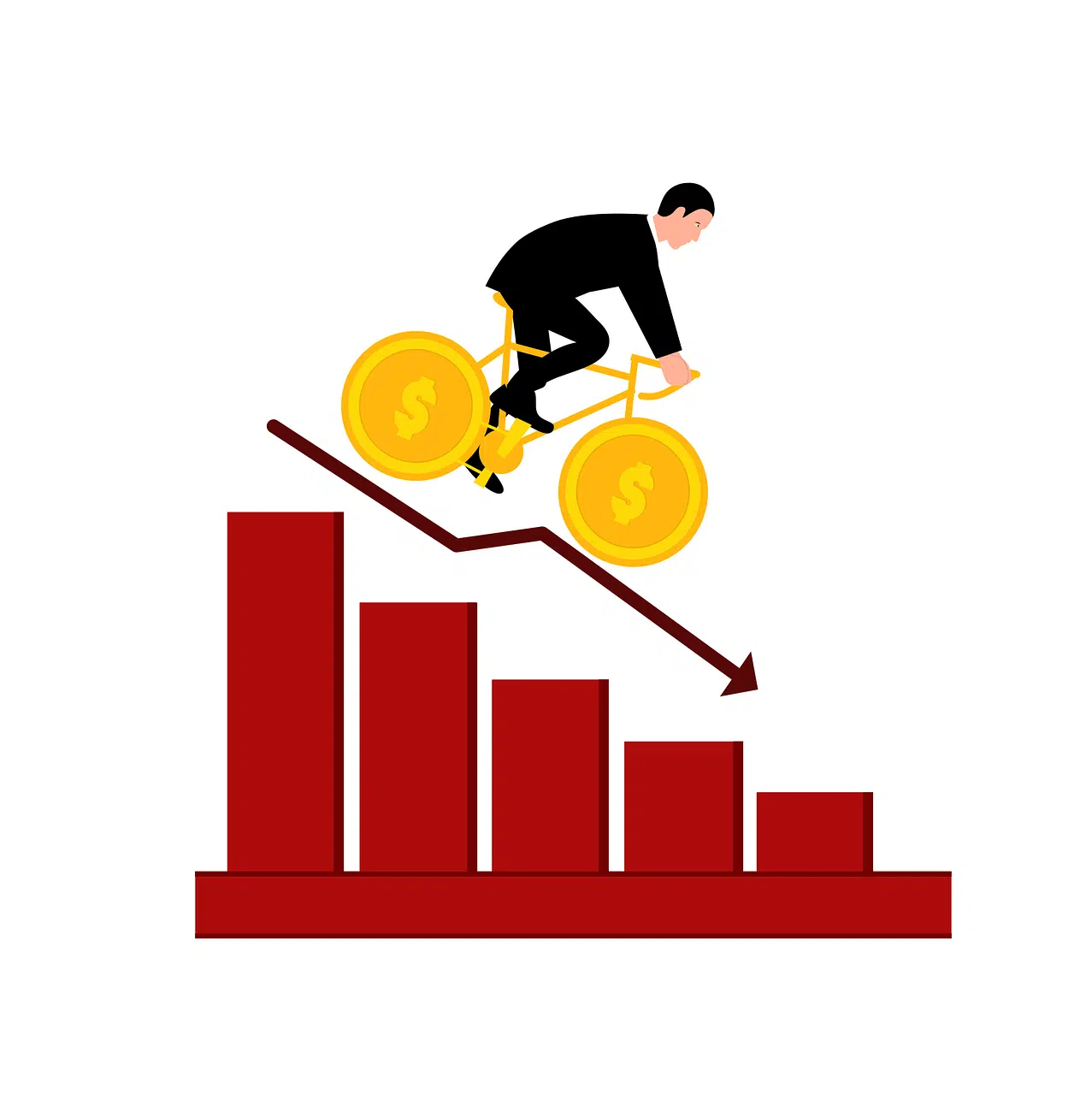
The notion of economy of scale is used in microeconomics.
Economy of scale is a phenomenon that appears when a company manages to reduce its costs as it increases its production . In this way, by increasing its business volume, the company manages to reduce its unit costs.
There are several factors that can lead to an economy of scale. They may be internal variables that occur within the entity itself or external issues that affect the performance of the firm.
Characteristics of economies of scale
The main characteristic of an economy of scale is the inverse relationship that exists between the level of production and the unit cost of each product. This means that the unit cost falls when the quantity produced increases.
It is important to keep in mind that the cost of production is made up of fixed costs and variable costs . While fixed costs remain unchanged regardless of changes in production flow, variable costs grow in tandem with productive activity. What happens with fixed costs is that, as production increases, they are distributed among a greater number of units, which results in a drop in unit cost.
How cost reduction is achieved
Cost reduction with economies of scale is achieved in different ways. One of the most common is specialization since it allows us to gain efficiency and reduce the unit cost. To specialize, specific machinery is often used or that involves innovation in technology to promote optimization of the production process.
Cost reduction can also be achieved through inventory . When a company can acquire raw materials in large quantities and establish long-term contracts, it tends to minimize its costs. Another possibility is that you access bank financing with reduced interest , achieving a similar effect.

Economy of scale is a competitive advantage for a company.
Examples of economies of scale
Suppose a company buys machinery and expands its facilities. This way, you start producing more items, reduce your unit cost, and make more profits.
The more you produce, the more profits. The growth of profits over time is associated with the fact that the manufacturing cost increases only once , with the acquisition of the machinery: once the disbursement is covered, that cost no longer has to be discounted.
Take the case of a large supermarket chain. This company buys products en masse and enjoys a privileged situation to negotiate with suppliers. This way it can offer a lower retail price than other supermarkets.
natural monopoly
The existence of natural monopolies is usually associated with economies of scale. In this framework, there is a company that is in a position to offer the entire production of a market at a lower cost than what would be achieved if the offer were made by several corporations.
For a natural monopoly to exist, several situations must occur. On the one hand, the economy of scale makes it essential to capture all demand in such a way that costs can be made profitable. However, given the characteristics of the product or service, there is a limit that prevents demand from continuing to expand after reaching a certain level. Likewise, in these sectors there are barriers to entry due to the high investment that must be made to be able to operate in the industry , which means there is no incentive for competition .
The classic example of a natural monopoly occurs with the supply of running water , which is usually in the hands of the State. If there is more than one company responsible for the service, and the supply network is doubled or tripled, not only would the quality of the product not improve, but the cost would increase unnecessarily.
In this way, having a natural monopoly on running water provides more efficiency because, with the growth of productivity , average costs fall. Although consumers are captive because they cannot choose the supplier, society in general benefits from the market situation.

Economy of scale is sometimes associated with a natural monopoly, which occurs when there is a concentration of supply in a single company.
The opposite of economies of scale
The opposite of economies of scale is diseconomies of scale . In that case, the unit cost increases as production increases.
As with economies of scale, diseconomies of scale can arise from internal or external factors . Diseconomies of internal scale are linked to an increase in administrative costs when the number of units produced increases. This situation, in turn, has to do with an increase in bureaucracy, the expansion of the administrative structure and/or failures to coordinate activities.
Diseconomies of external scale are much more common. It originates from an increase in the factors of production , such as an increase in workers' salaries from a collective labor agreement or an increase in the price of transportation.
The spatial proximity
We cannot fail to mention the so-called density economy , which is sometimes confused with the economy of scale.
In a density economy , the spatial proximity of suppliers or bidders allows costs to be reduced. This particularity is related to the possibility, when there is a high population density, of achieving a synergy that leads to cost savings thanks to agglomerations or concentrations .
In the economy of scale, as we have already seen, unit costs are not linked to space issues. That is why network infrastructures are usually associated with the economy of density and not with the economy of scale.
